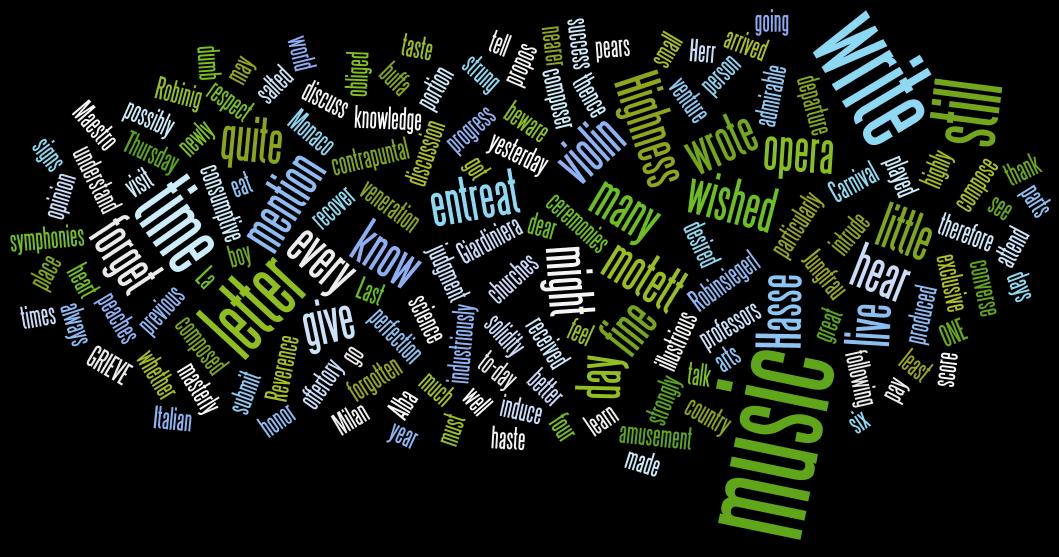The MIT program Scratch is designed to make programming user friendly as exemplified in the video below:
While Scratch is user friendly and great for any non-programmer to use I think it does lack a few flaws. First off, the interface appears to be straight out of a 1998 Microsoft Paint document. I found it not appealing in the slightest. Perhaps, this is due to the sophisticated interfaces I’ve slowly grown-up. However, I would expect more from MIT.
That being said, perhaps the interface is just that: simple for a reason. In order to give people the ability to program on their own, you have to make it simple and remove all the sophistication from it. Yes, it is possible to program items with fancy decorations. However, I’m pretty sure for the ordinary non-programmer among us (aka. you and me) would be too overwhelmed to do any programming done.
 Scratch is a new form of programming that allows kids to delve into programming. Scratch brings programming to everyone, as it notes on their website. That is what is most remarkable about Scratch, aside from the 1998 looking interface. To create your program you simply move block together to create movement, illustrations, or simple video games. Introducing kids to the programming is the main purpose of MIT.
Scratch is a new form of programming that allows kids to delve into programming. Scratch brings programming to everyone, as it notes on their website. That is what is most remarkable about Scratch, aside from the 1998 looking interface. To create your program you simply move block together to create movement, illustrations, or simple video games. Introducing kids to the programming is the main purpose of MIT.
Scratch allows for collaboration between individuals, which not only allows for the sharing of ideas but further understanding of programming skills.
When I was growing up in Charlottesville, Va I went to the computer lab once a week where we had Apple computers donated to our lab. We learned to type and learned the basics of computers by the time I was in the fourth grade. Using a program such as Scratch would have certainly been something my classmates and I would have easily been able to both enjoy and understand. For introducing individuals to programming Scratch gets my seal of approval despite my initial dislike of its interface.


